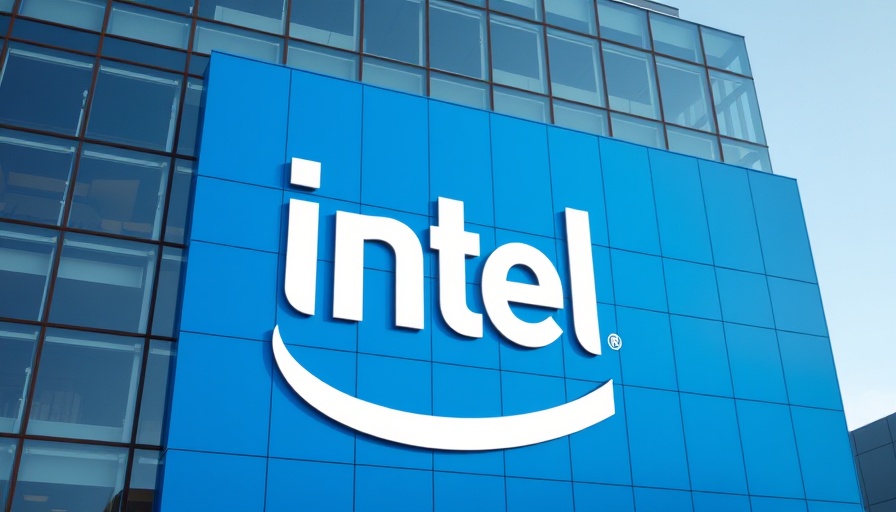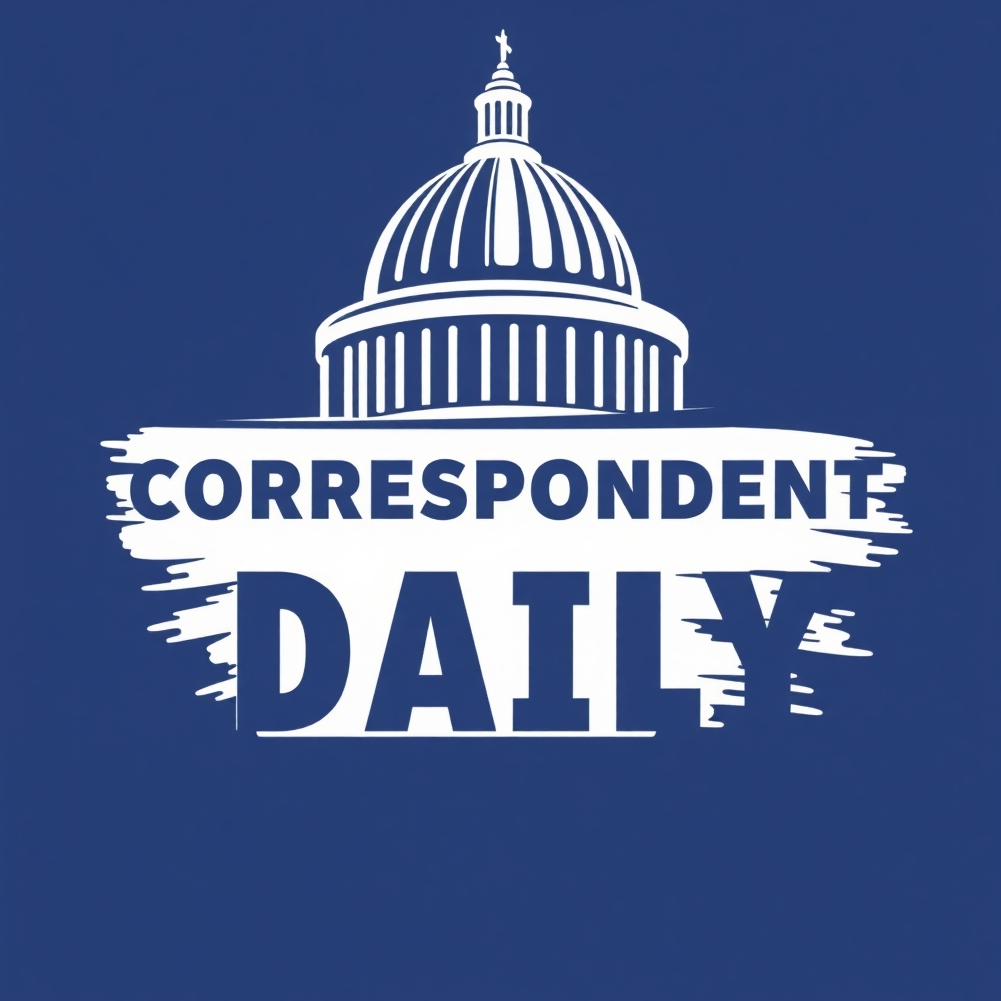
Uncle Sam Joins the Ranks of Major Investors
For the first time in history, the U.S. government has taken a direct stake in a private corporation, Intel, a move that illustrates a profound shift in the strategy to bolster America’s foothold in the semiconductor industry. This investment, facilitated by the CHIPS Act, is aimed primarily at enhancing domestic manufacturing capabilities and reducing reliance on foreign sources, especially as geopolitical tensions rise. Uncle Sam's newfound role as a shareholder is not merely economic; it embodies a strategic pivot towards ensuring national security through technological independence.
Understanding the CHIPS Act's Role
The CHIPS Act (Creating Helpful Incentives to Produce Semiconductors for America) was a pivotal legislation intended to foster a competitive edge in semiconductor production. By investing in Intel, the government highlights its commitment to a future where America can dominate technological advancements and innovation, especially in critical sectors like artificial intelligence and robotics. With over $52 billion allocated, these resources are designed to stimulate R&D around future technologies, ensuring that the U.S. keeps pace with global competitors.
Historical Context: The Semiconductor Wars
The semiconductor industry has long been the battleground for economic supremacy. Historically, countries such as Taiwan and South Korea have topped the charts in chip production, creating vulnerabilities for the U.S. Intel’s recent collaborations with the government underlines the urgency to reclaim this ground. By learning from global manufacturing strategies, such as Taiwan’s TSMC model, the U.S. aims to construct a resilient supply chain and catalyze innovation.
Impact of AI on the Semiconductor Sector
As we step deeper into the age of artificial intelligence, the implications of this investment expand. Semiconductors form the core of AI technologies that power everything from smartphones to autonomous vehicles. With Uncle Sam backing Intel, there is renewed optimism that the U.S. can foster innovations in AI chipsets, thereby enhancing performance and reducing energy consumption. This trajectory could lead to new gadgets in 2025 that significantly outperform existing models.
Predictions for Future Technology Trends
The trajectory of tech companies vested in the semiconductor industry will likely shift. This strategic investment suggests that we may see faster advancements in emerging fields. Look forward to not just improved chips but also groundbreaking robotics innovations and developments in the metaverse. The government’s involvement may attract more private investments, leading to an influx of fresh talent and new approaches within the sector.
Challenges Ahead: Risks and Potential Pitfalls
While the intentions behind this investment are clear, several hurdles remain. A reliance on government funding could create vulnerabilities linked to political shifts or economic instability. Moreover, attracting experienced leadership and cutting-edge technologies to the U.S. remains a challenge. As Intel navigates this path, the industry must also contend with mounting cybersecurity risks. Addressing these challenges is crucial for maintaining consumer confidence and market viability.
What This Means for You
For tech enthusiasts and professionals alike, these developments signal a transformative era ahead. Staying informed about tech news today and the landscape of the semiconductor industry has never been more essential. As new gadgets in 2025 emerge, those invested in technological progress can anticipate new opportunities for collaboration, development, and, ultimately, the growth of futuristic technologies that can reshape our daily lives.
Conclusion: Embracing the Future
Intel’s partnership with the U.S. government marks a crucial moment in American tech history. With growing investments and strategic initiatives, this collaboration positions the U.S. for a promising future in technology amidst global competition. As these efforts unfold, consumers, industry professionals, and policymakers must monitor these changes keenly, leveraging their insights into the advancing tech landscape.
 Add Row
Add Row  Add
Add 




Write A Comment